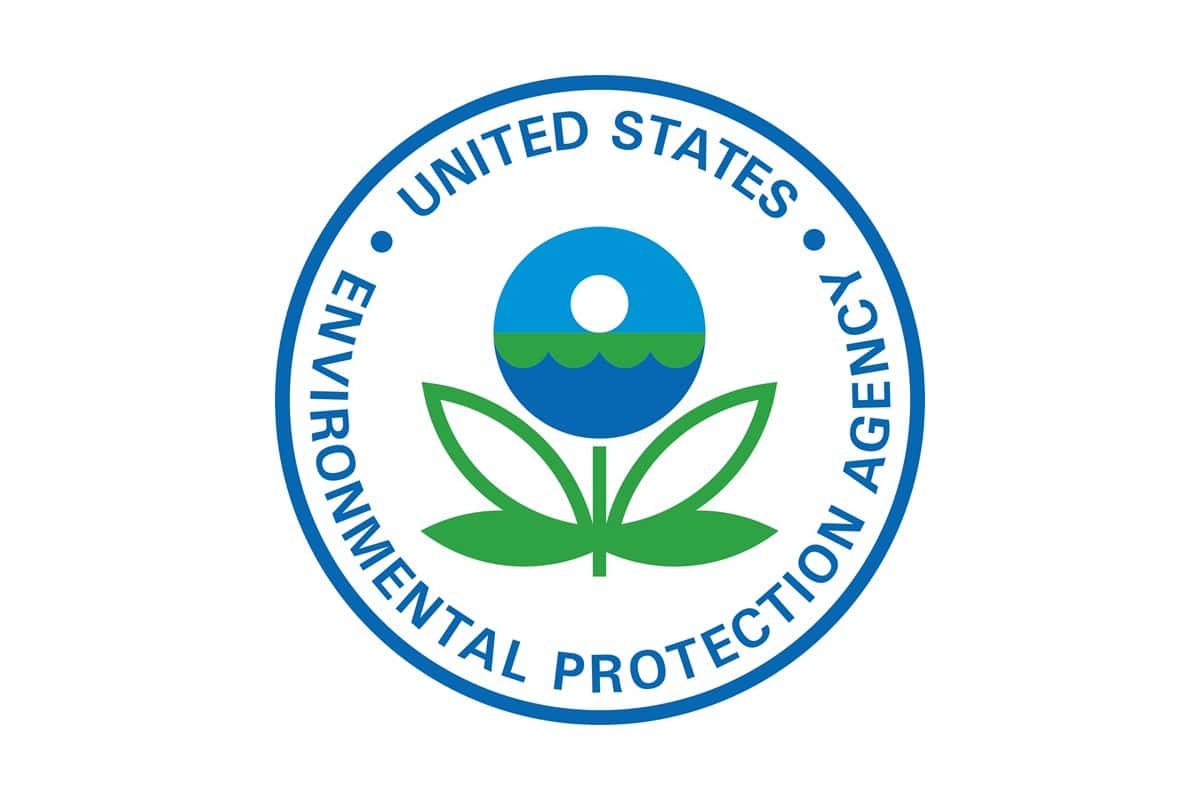Rising to the Challenge
 One of the primary objectives of any trade association is to make meaningful and beneficial advances in government relations. This can be achieved in a multitude of ways, such as proposing innovative solutions, influencing legislation and regulations and ensuring supporters on Capitol Hill have the resources they need to win reelection. In each of these facets, the National Utility Contractors Association has had an exceptional year.
One of the primary objectives of any trade association is to make meaningful and beneficial advances in government relations. This can be achieved in a multitude of ways, such as proposing innovative solutions, influencing legislation and regulations and ensuring supporters on Capitol Hill have the resources they need to win reelection. In each of these facets, the National Utility Contractors Association has had an exceptional year.
As 2014 began, NUCA and its coalition partners had been working with members of Congress on the Water Resources Reform and Development Act (WRRDA) as it navigated the House and Senate Conference process. Both the House and Senate passed differing versions in 2013, and the conference was intended to work out the differences.
Although the differences took longer than expected to work out, NUCA could not have expected a better outcome. Several of NUCA’s primary objectives were included in the final Conference Report that was passed into law the same week of NUCA’s Washington Summit. WRRDA included the Water Infrastructure Finance and Innovation Act (WIFIA) as a pilot program, which will allow communities and municipalities a new financing mechanism to undertake water infrastructure projects. WIFIA will provide approximately $350 million in infrastructure financing authority. WIFIA funds may not be used to finance more than 49 percent of a project’s cost, but must be spent on projects expected to cost in excess of $20 million unless the project is in a community of less than 25,000 in which case the project must exceed $5 million. These are real dollars communities and states can access for projects and will generate more work for NUCA members.
Also included in WRRDA is a Public Private Partnership (PPP or P3) provision. This will allow non-federal dollars to be used to finance water resources projects. Prior to this year, water resources projects undertaken by the Army Corps of Engineers were required to only use congressionally authorized dollars, adding time and expense to every project undertaken. This P3 provision will allow states and communities to seek private funding for some or all of the project’s multiple steps. This is simply an innovative alternative to help streamline and expedite water resources project development and implementation, and should be looked at favorably by contractors nationwide.
Finally, WRRDA also included a reauthorization of the EPA’s State Revolving Funds (SRF). This reauthorization allows more flexible loan terms and expanded water project eligibility.
While WRRDA was a marquee accomplishment for NUCA and our allies, it was certainly not our only considerable victory. In February, NUCA joined three other predominant industry trade associations in being invited by the EPA to assist in the development of Buy American regulations to be implemented in the SRF program. NUCA’s input measurably impacted the final regulations and waiver process, easing the way contractors will be expected to comply with the new regulations. NUCA also assisted in expanding the list of preapproved waiver products that include bolts, couplings and restraints made of steel, the materials of which are very difficult for contractors to verify in order to comply.
Also in February, NUCA submitted comments to combat the OSHA-proposed regulation concerning crystalline silica. OSHA’s proposed rule would cut the current regulation in half and require significant burdens on the contractor to comply. NUCA’s comments focused on three primary points. First, the rule is unnecessary as the medical condition associated with silica exposure — silicosis — has seen workplace-attributed causes of silicosis drop by 93 percent, according to the Center for Disease Control. Second, complying with the rule is impractical and infeasible because the industrial hygienists needed do not exist and the infrastructure for testing the air quality around every jobsite doesn’t exist on the scale that will be necessary. Finally, the rule will have drastically higher cost than OSHA recognizes from the first step of capturing and testing the air quality at every jobsite, to the paid time-off for employees, to the medical expenses required for minor exposures. NUCA joined hundreds of industry organizations and companies in opposing the regulation and joined a coalition of construction trade associations in opposing the final rule. As of press time, the rule had not been finalized and no notice of when it is expected has been delivered.
In March, NUCA was invited to participate with the House Transportation and Infrastructure Committee who had convened a panel to investigate the effectiveness of Public Private Partnerships. This special panel, chaired by Rep. John Duncan Jr. (R- Tenn.), held several panels throughout the year to investigate potential uses of P3s. The panel investigated using P3s for water resources projects, highway expansion projects and water navigation projects, among others. NUCA provided information from our membership directly supporting the expanded use of P3s as an alternative financing mechanism that should be considered an additional tool for the financing of certain infrastructure projects. The committee’s report, which was released in October, agreed stating that P3s could be a powerful tool for appropriate projects.
Also in March, NUCA’s long-time priority, Private Activity Bond (PAB) legislation, was reintroduced after a long search to replace retiring Rep. Geoff Davis. Rep. John Duncan Jr. has agreed to be the torchbearer for PABs moving forward. The Sustainable Water Infrastructure Investment Act, H.R. 4237 would lift water and sewage infrastructure projects from beneath the volume cap for PABs. This will infuse capital into these projects almost immediately and begin to close the gap between America’s current water infrastructure funding levels and the level of need for these projects.
NUCA’s Washington Summit in May was both timely and beneficial. Prior to our visits to Capitol Hill, which occurred on the same day the Senate voted on final passage of the WRRDA bill, members were educated on a plethora of issues of significance to our industry. Rep. John Delaney (D-Md.) explained the need for greater infrastructure investment and his plan, the Partnership to Build America Act, to infuse nearly $1.5 trillion in private capital into infrastructure projects. Members participated in discussions with representatives from the EPA about its new Buy American provisions and David Bauer from the American Road and Transportation Builders Association (ARTBA) discussed the Highway Trust Fund. Briana Huxley from BIPAC gave us a forecast of the November election and Toby Mack from the Energy Equipment and Infrastructure Alliance (EEIA) discussed the growth of the energy sector for contractors. Broken up by lunch guests The Capitol Steps, a political sketch comedy troupe, members had an informative and entertaining kickoff day.
The summer leading up to an election year is generally active in Congress. This year, the House pushed through a number of NUCA supported and advocated priorities, only to see them stall in the Senate. Provisions that passed the House included: the REINS Act, which would require Congressional approval for Administrative regulations of any regulation determined to have an economic impact of $100 million or greater; legislation that would authorize building the Keystone XL pipeline; and legislation that would repeal the 30-hour designation as “full time” from the Affordable Care Act.
But the story of the summer was the Highway Trust Fund. MAP-21, the authorizing legislation that provides for the Highway Trust Fund, was set to expire in early September. Prior to that, the Department of Transportation released data indicating the HTF would not be able to meet obligations as early as late August — putting the program in dire financial status. Just in the nick of time before the August recess, the House and Senate agreed to punt the issue by authorizing an $11 billion bailout of the HTF, estimating those funds will last until sometime in May 2015.
Substantively, neither the House or Senate did much of note prior to the election. The Republican Party added to its majority in the House and took control of the Senate with 53 seats (the Louisiana Senate race between incumbent Senator Mary Landrieu and challenger Rep. Bill Cassidy will be decided on Dec. 9).
The post-election Lame Duck session of Congress is expected to only do two things: 1) pass a continuing resolution to fund the government past Dec. 11 and 2) reauthorize a package of expiring tax provisions.
NUCA members should be very pleased with the outcomes of the year. The association’s advocacy efforts successfully influenced regulations, pushed priorities for funding infrastructure projects into law and made a number of new champions for our issues. But, rest assured, we aren’t resting on our laurels. NUCA will begin 2015 energized and with a new set of objectives and goals for the 114th Congress.
Will Brown is NUCA’s Director of Government Affairs.




